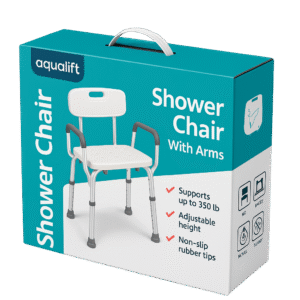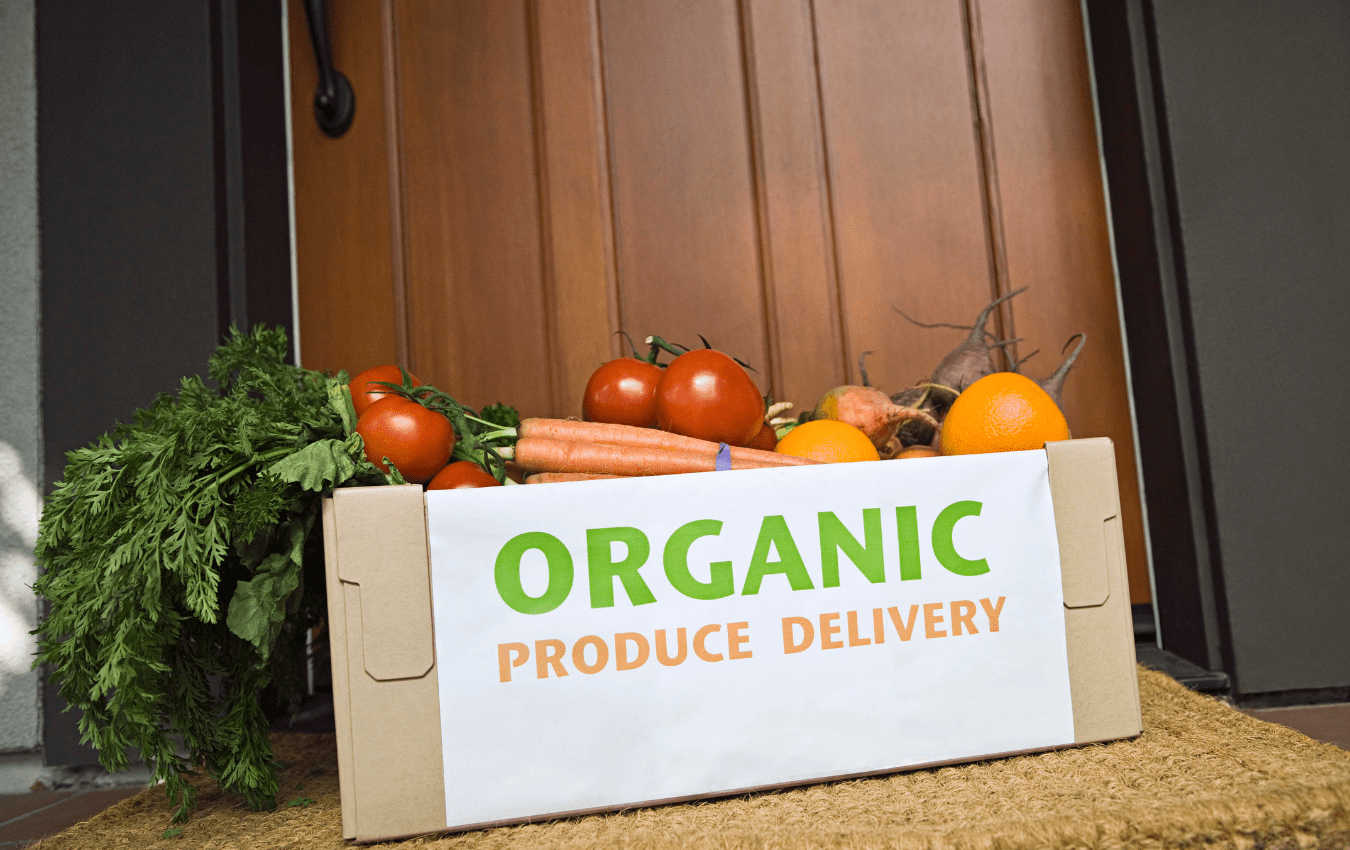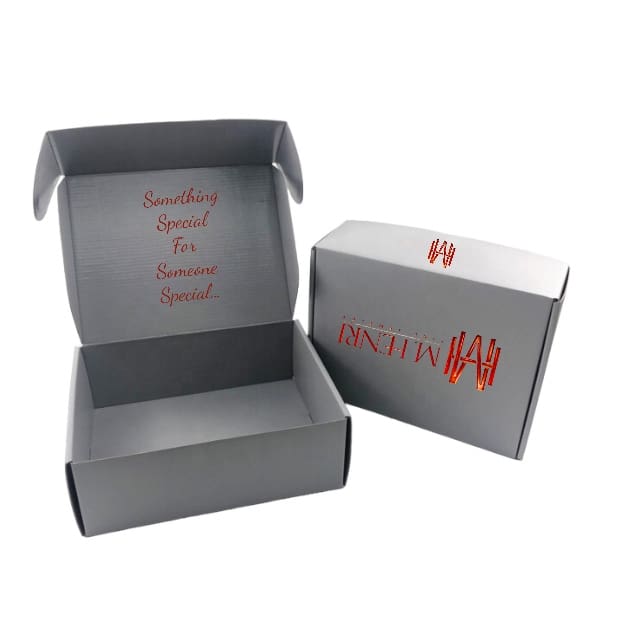Home » The Role of Board Grade in Supply Chain Resilience
The Role of Board Grade in Supply Chain Resilience

Why Board Grade Selection Matters
In today’s volatile supply chain environment, packaging failures aren’t just a nuisance—they’re a liability. Damage in transit, product returns, and load instability all lead back to one foundational element: board grade. Whether you’re shipping across the country or staging products for long-term storage, the right corrugated board strength directly impacts product integrity, compliance, and bottom-line efficiency.
Understanding Board Grade Classifications
Corrugated board grade is defined by its burst strength (measured in pounds), edge crush test (ECT) rating, or basis weight in pounds per 1,000 square feet. The two most common standards:
- Mullen Test (Burst Strength): Measures resistance to puncture or rupture under pressure (e.g., 200#).
- Edge Crush Test (ECT): Measures stacking strength and compression resistance along the edge (e.g., 32 ECT).
Higher board grades offer greater durability but come at a cost—so matching board performance to supply chain risk is key.
How Board Grade Supports Supply Chain Resilience
✔ Reduces Transit Damage
Heavier board grades (like 44 ECT or 275#) are essential for heavier items or mixed-pallet shipping. They prevent crushing under load and protect high-value products from collapse or impact.

✔ Improves Stacking Stability
If your supply chain includes warehousing, transloading, or racking, poor stacking strength leads to bottom-box failures. ECT-rated boxes offer predictable stacking loads, enabling more reliable palletization strategies.
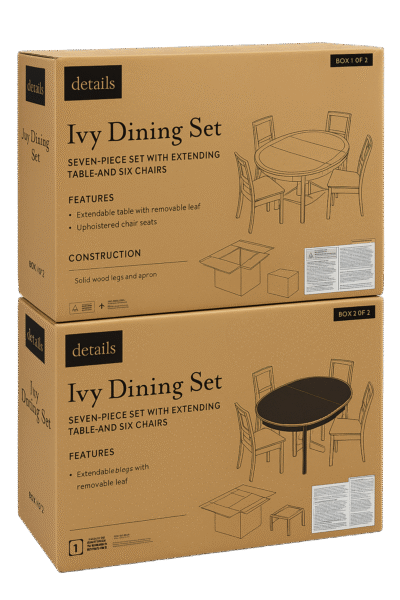
✔ Adapts to Environmental Stressors
In humid or high-temperature zones, lower-quality board can warp or delaminate. Upgrading to moisture-resistant coatings or wax-treated grades extends package integrity in unpredictable conditions.
✔ Meets Carrier and Retailer Compliance
Major carriers and retailers (e.g., Amazon, Walmart) often require packaging that meets minimum board grade thresholds for specific product categories. Failing to comply can result in chargebacks or denied loads.

Matching Board Grade to Application
- Lightweight Goods (<30 lbs): 32 ECT or 200# is often sufficient for controlled distribution.
- Midweight/Stacked Goods (30–65 lbs): 44 ECT or 275# single-wall offers better stability.
- Heavy or Fragile Items: 48 ECT+, 350# double-wall, or even triple-wall is standard for machinery, appliances, or multi-SKU master packs.
- Export Shipments: Double-wall with moisture resistance is critical for sea containers and extended transit.
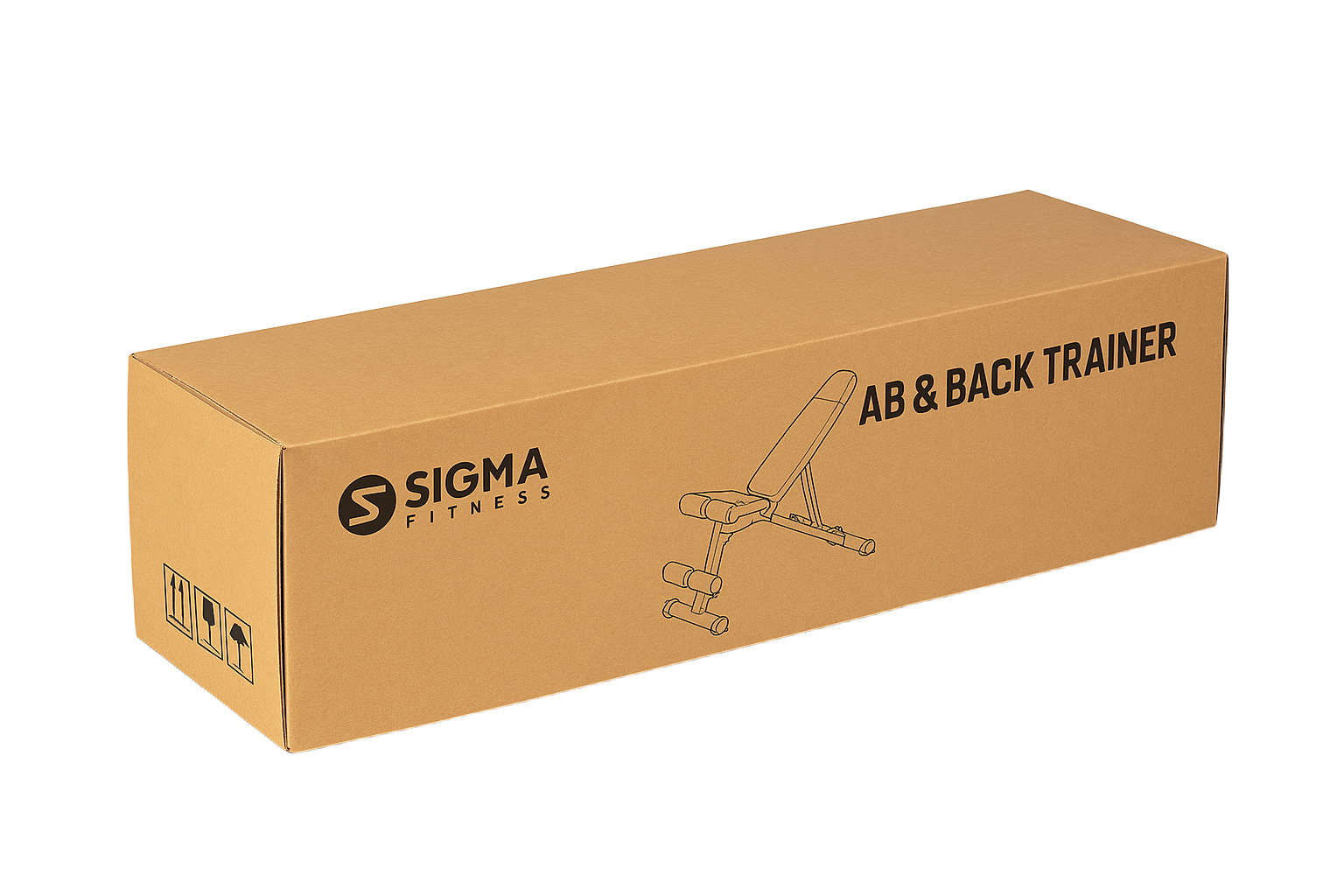
Why Resilience Now Means Cost Efficiency Later
Skimping on board grade may reduce material costs short-term, but it increases risks throughout the supply chain:
- Higher damage rates
- Increased return logistics
- More manual rework at DCs
- Lower pallet efficiency
By engineering packaging with the right board spec, brands can build flexibility into distribution—whether absorbing shock during LTL shipping or maintaining load stability during storage.
Final Thoughts
Your corrugated board grade isn’t just a spec—it’s a strategic decision that drives supply chain resilience. From minimizing product loss to meeting compliance and stacking standards, choosing the right board means fewer disruptions and greater operational continuity. At Brown Packaging, we help businesses select, test, and implement the right corrugated materials based on real-world demands.
Corrugated board comes in multiple flute sizes and wall grades, each designed to balance strength, weight, and cost. Selecting the wrong grade can lead to product damage, excessive freight costs,
As tariff changes reshape global trade, packaging buyers moving production from China to the U.S. or nearshore regions face a new challenge: supplier qualification. Transitioning supply doesn’t end once a
With new tariff proposals and continued trade uncertainty, 2026 is shaping up to be another pivotal year for packaging sourcing strategy. Many companies that shifted production away from China in
Following multiple rounds of tariff changes and trade policy adjustments, 2026 marks a turning point for U.S. packaging buyers. Many who previously transitioned from China to domestic or nearshore suppliers
Home » The Role of Board Grade in Supply Chain Resilience


